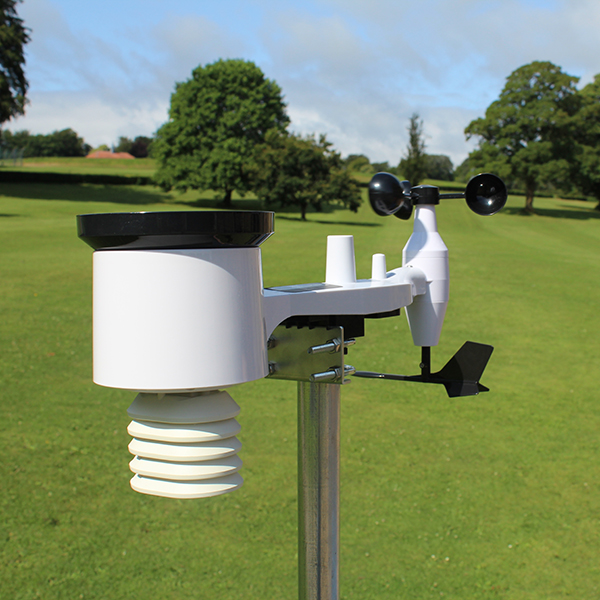An IoT-Enabled Weather Station is a sophisticated device designed to monitor various atmospheric conditions and transmit real-time data for applications in meteorology, agriculture, and environmental research.
Material: Constructed from durable materials such as UV-resistant polycarbonate and stainless steel to withstand harsh environmental conditions.
Type: All-in-one wireless weather monitoring system integrated with Internet of Things (IoT) capabilities.
Color: Typically features a neutral color scheme, such as white or gray, to blend with outdoor settings.
Sensors:
- Temperature: Measures ambient temperature.
- Humidity: Monitors relative humidity levels.
- Wind Speed and Direction: Assesses wind velocity and bearing.
- Barometric Pressure: Records atmospheric pressure.
- Rainfall: Captures precipitation data.
Connectivity: Utilizes wireless communication protocols such as LoRaWAN®, Wi-Fi, or cellular networks to transmit data to cloud platforms for real-time monitoring and analysis.
Power Supply: Equipped with solar panels complemented by rechargeable batteries, ensuring continuous operation even in low-light conditions.
Additional Features:
- High Accuracy: Provides research-grade measurement data with high resolution and precision.
- Durability: Designed to be waterproof, UV-proof, and resistant to salt spray, making it suitable for long-term outdoor use.
- Data Storage: Capable of storing over 19,000 historical records locally, with support for data retransmission to prevent loss.
- Wide Transmission Range: Offers ultra-wide-distance wireless transmission, with a line-of-sight range of up to 15 km in rural areas.
Company of Origin: Various manufacturers produce IoT-enabled weather stations, including Milesight, which offers models like the WTS506.
These advanced weather stations are essential tools for precise environmental monitoring, aiding in applications such as flash flood warnings, national meteorological monitoring, smart agriculture, and smart building management



0 Comments